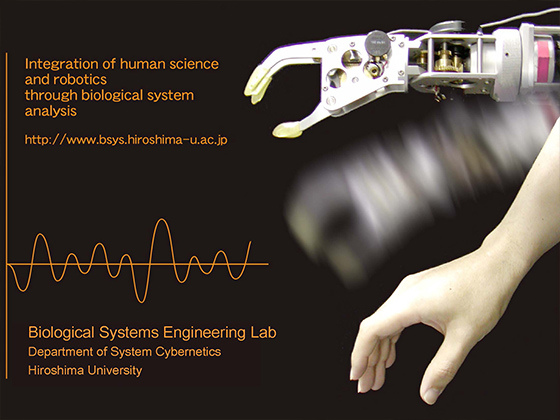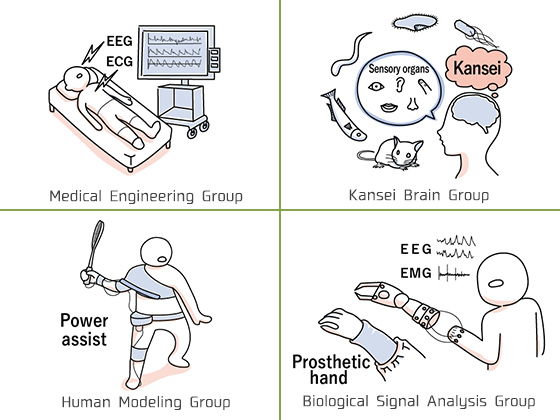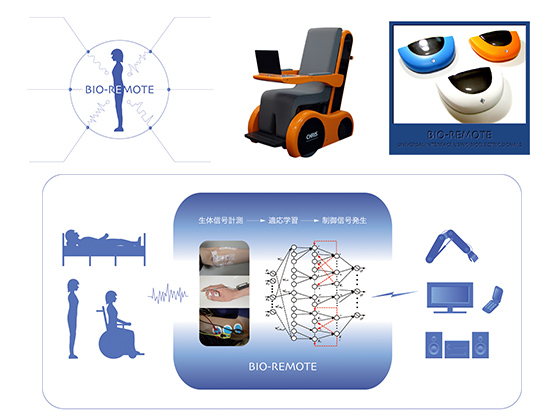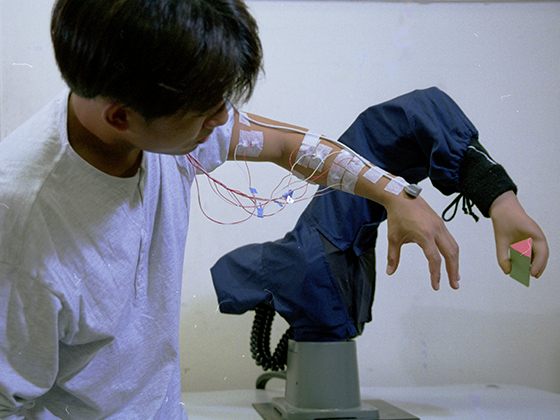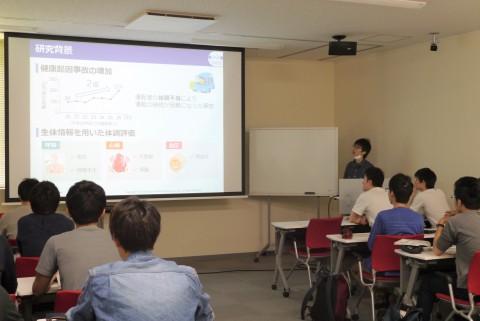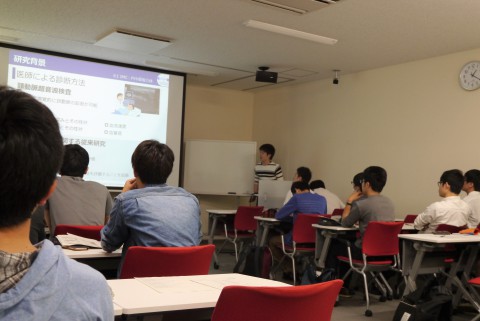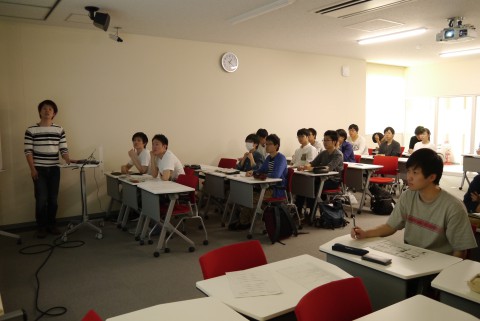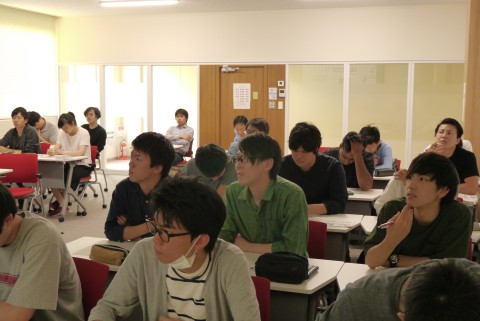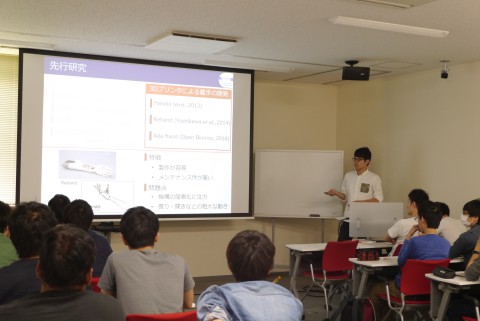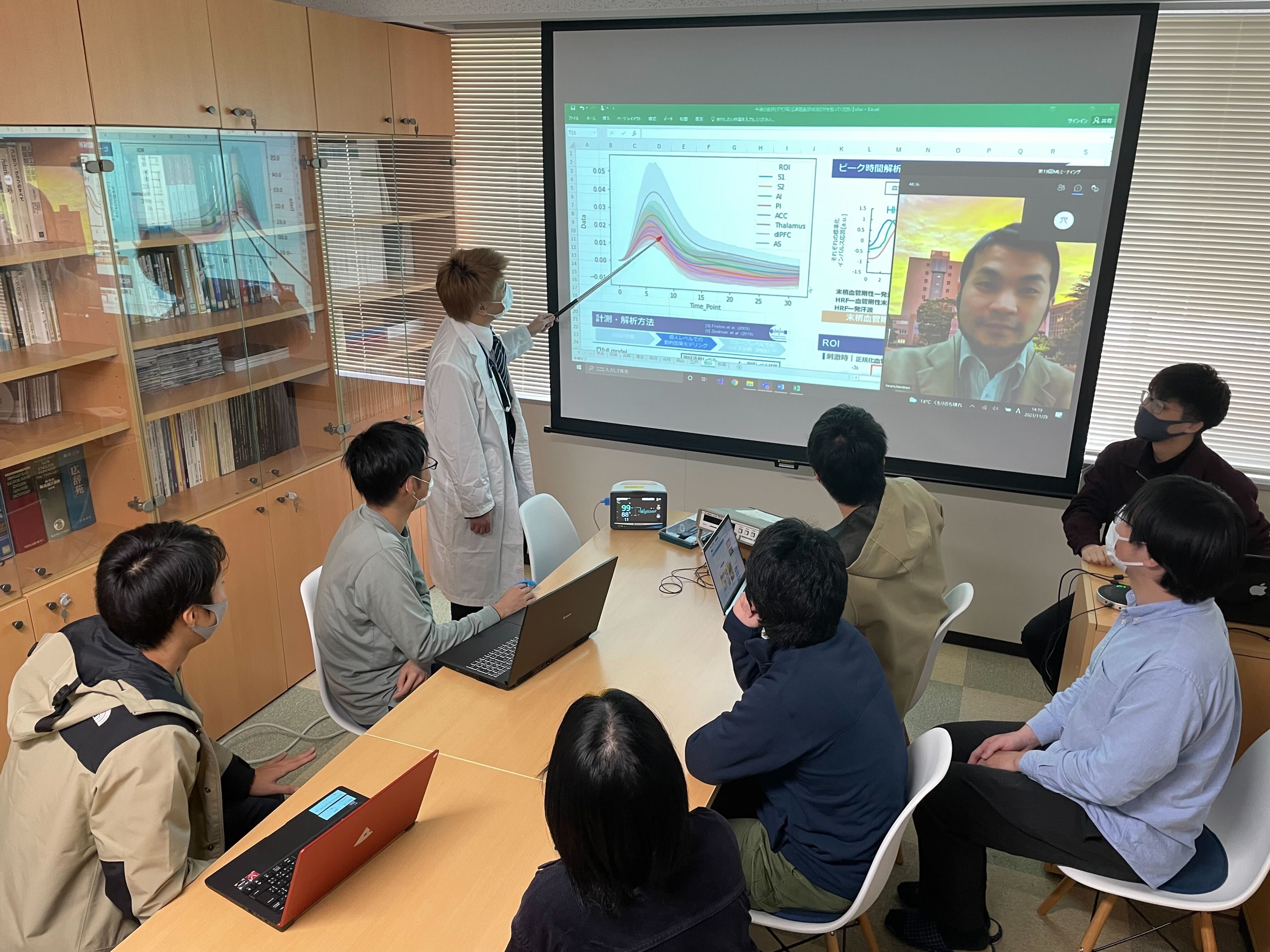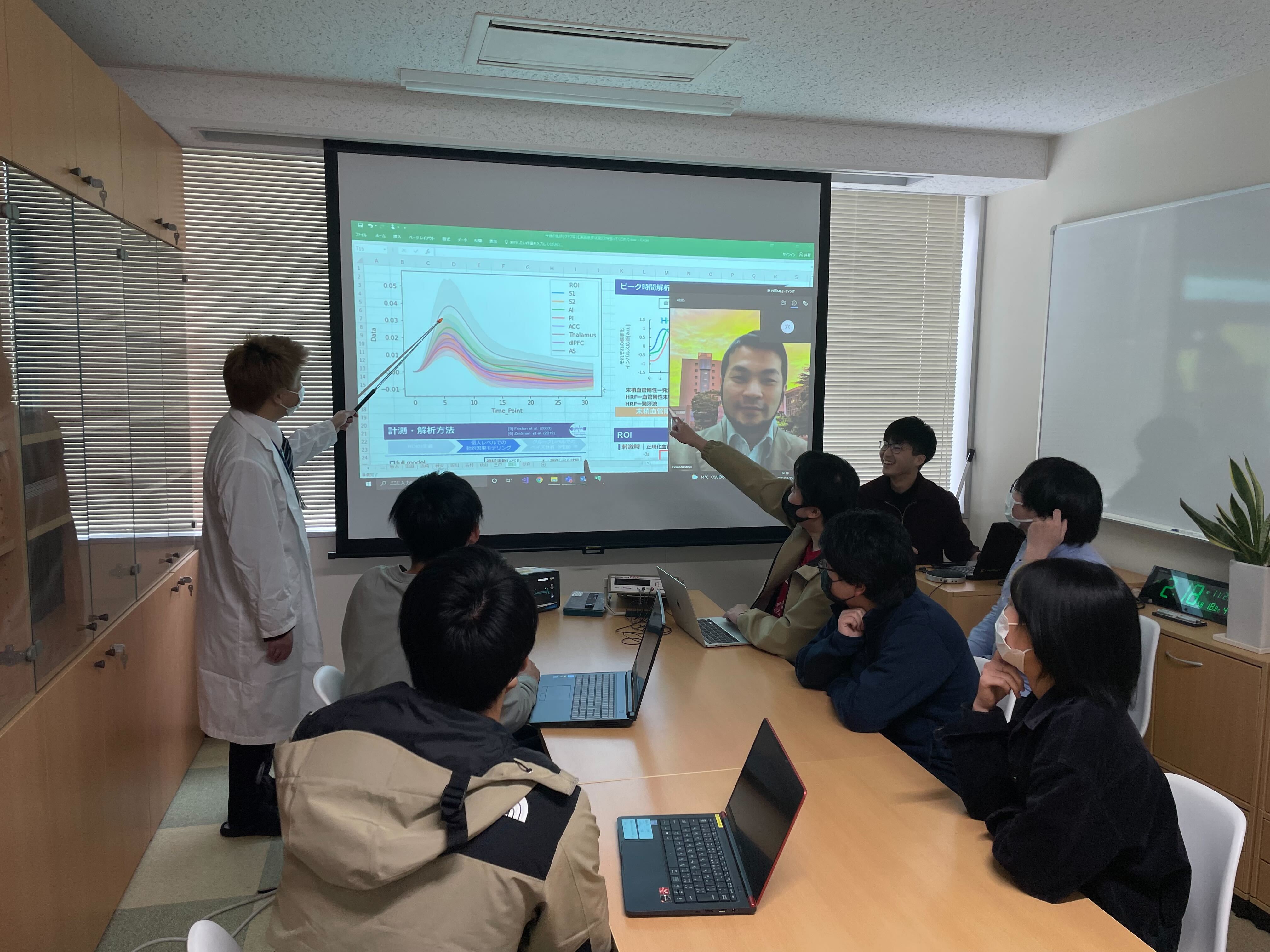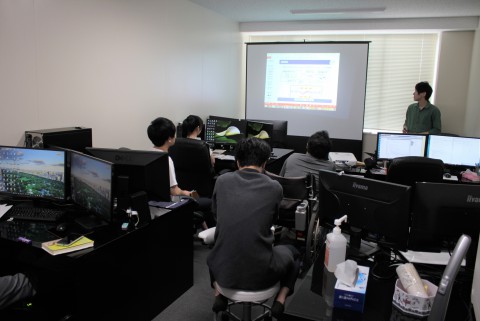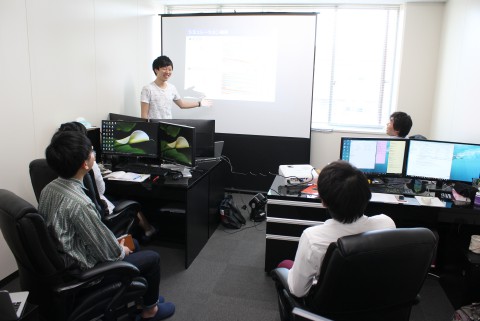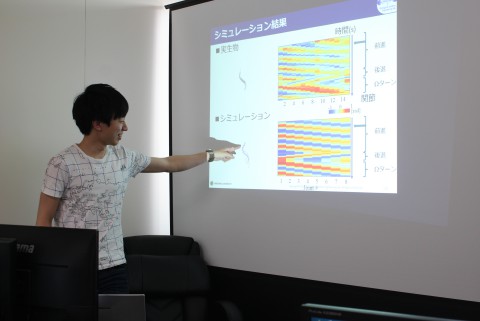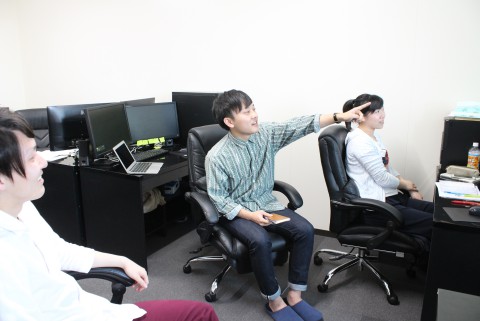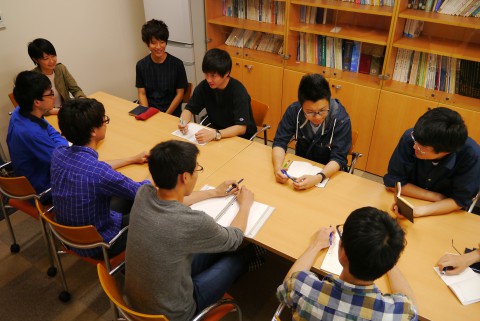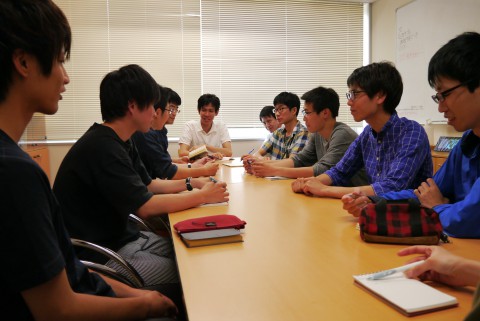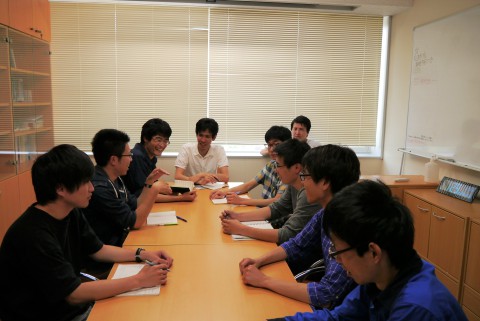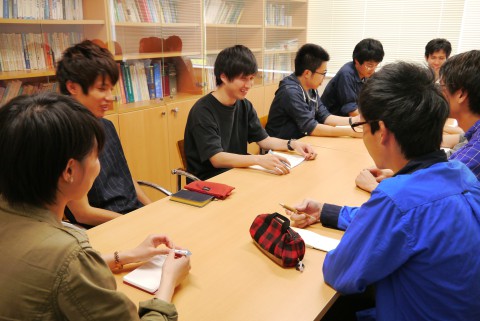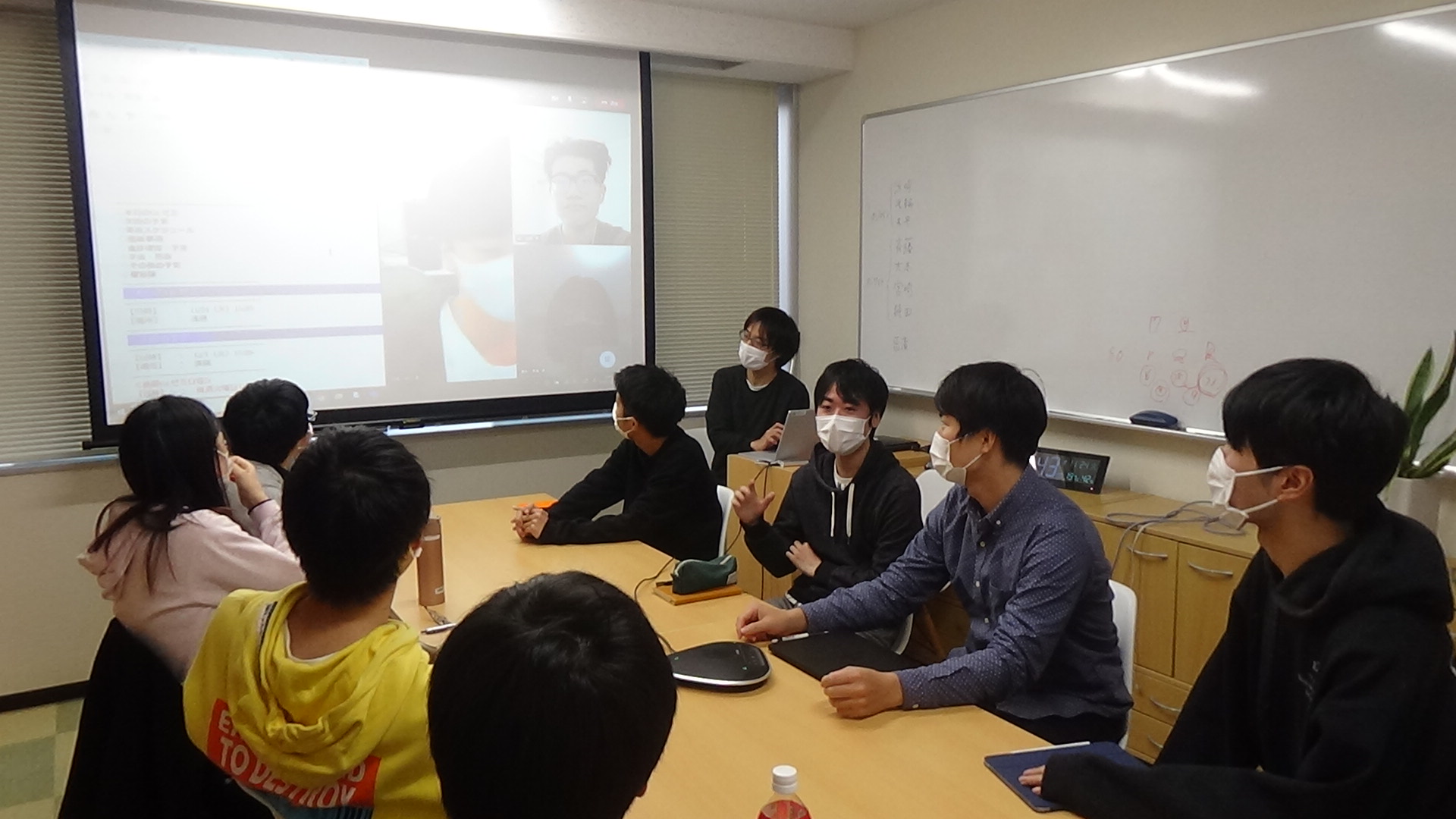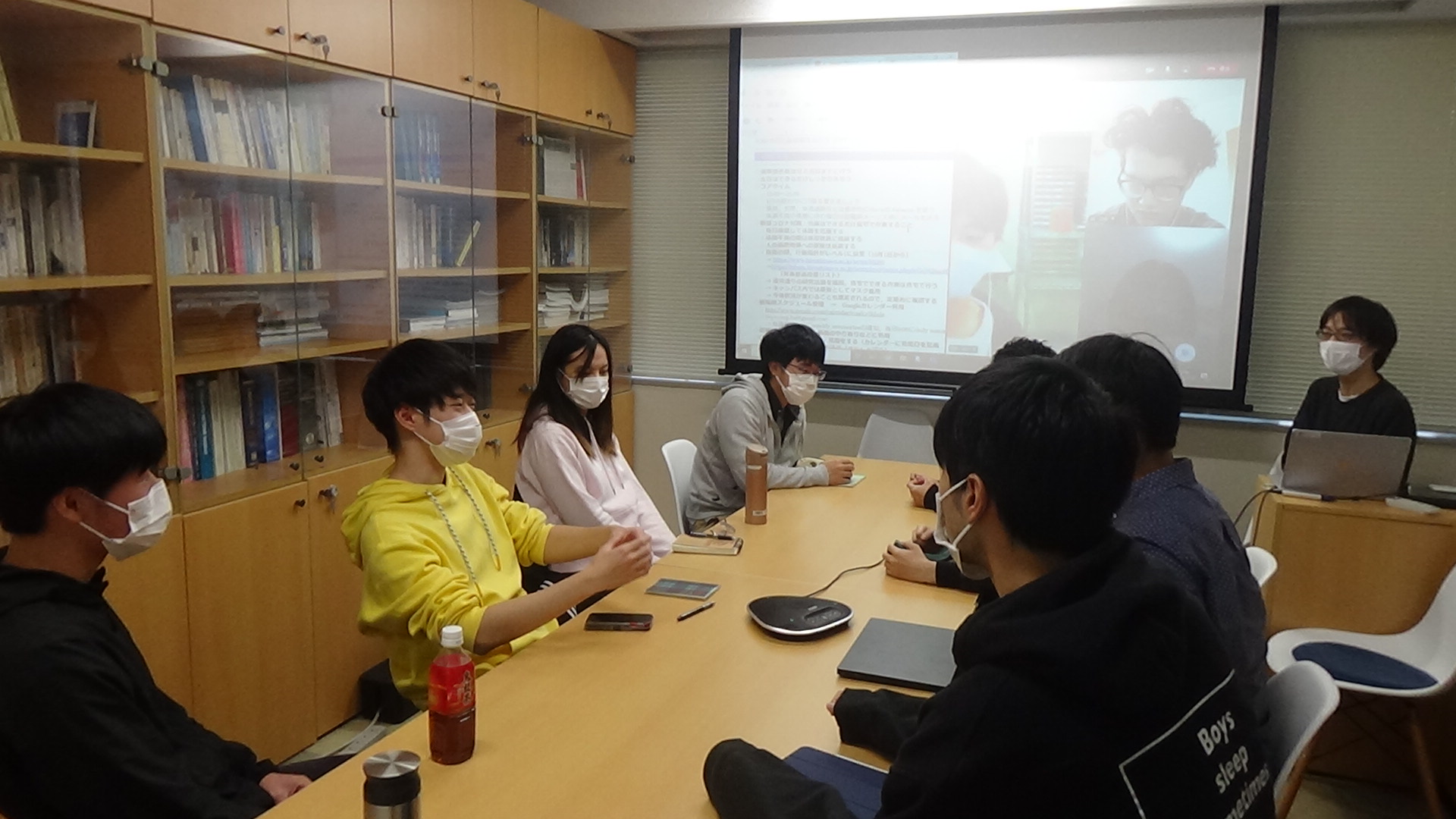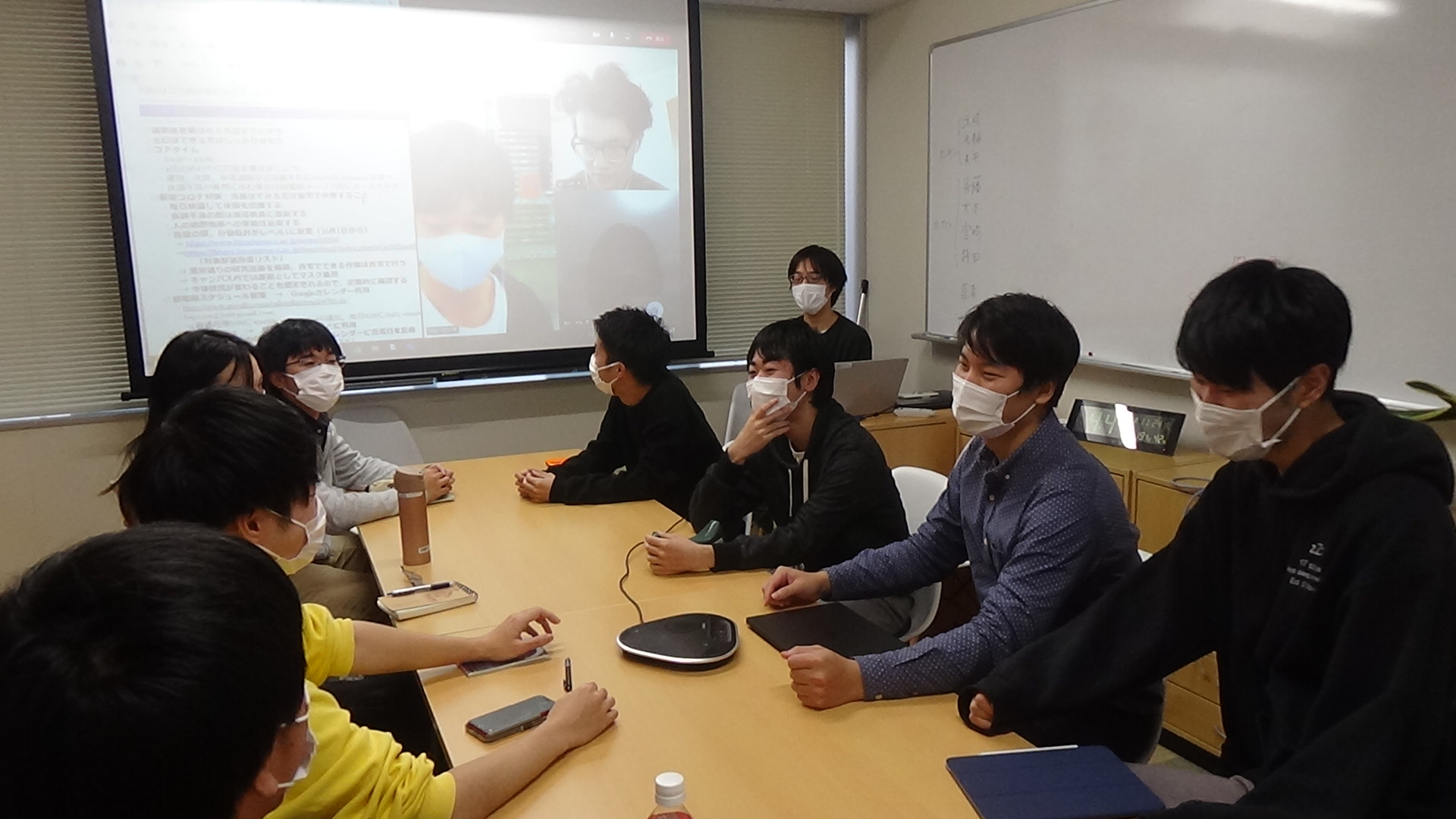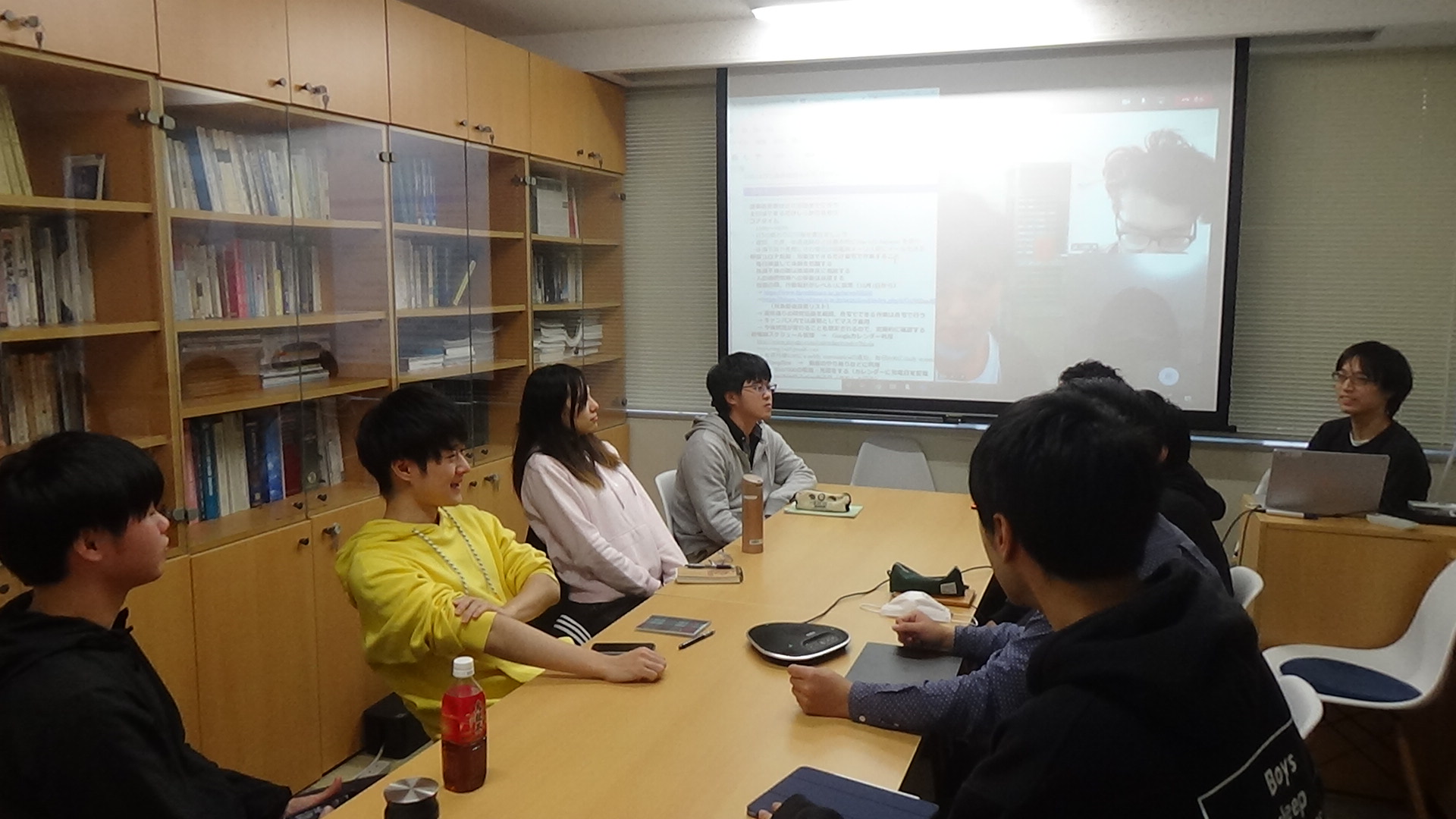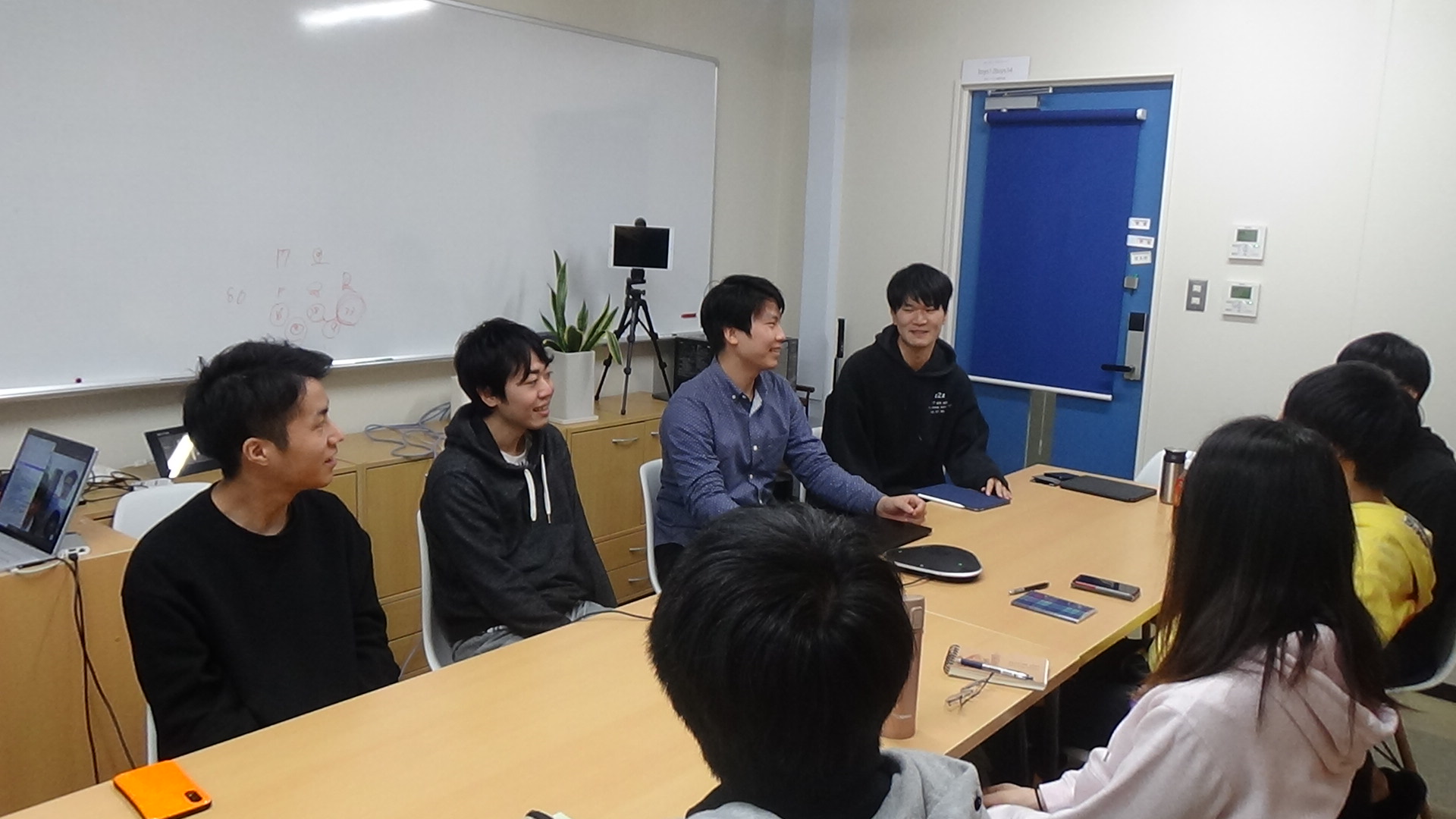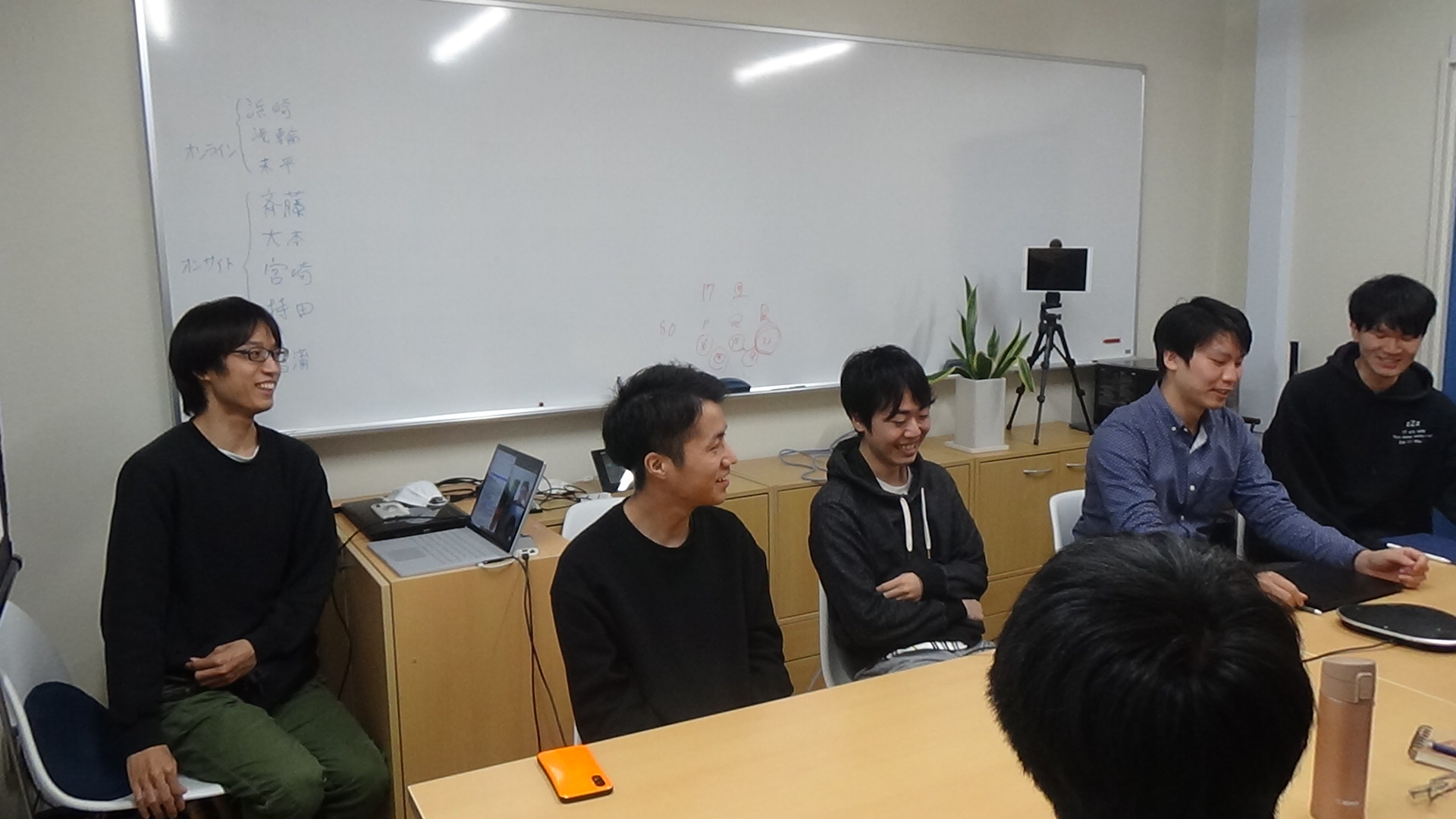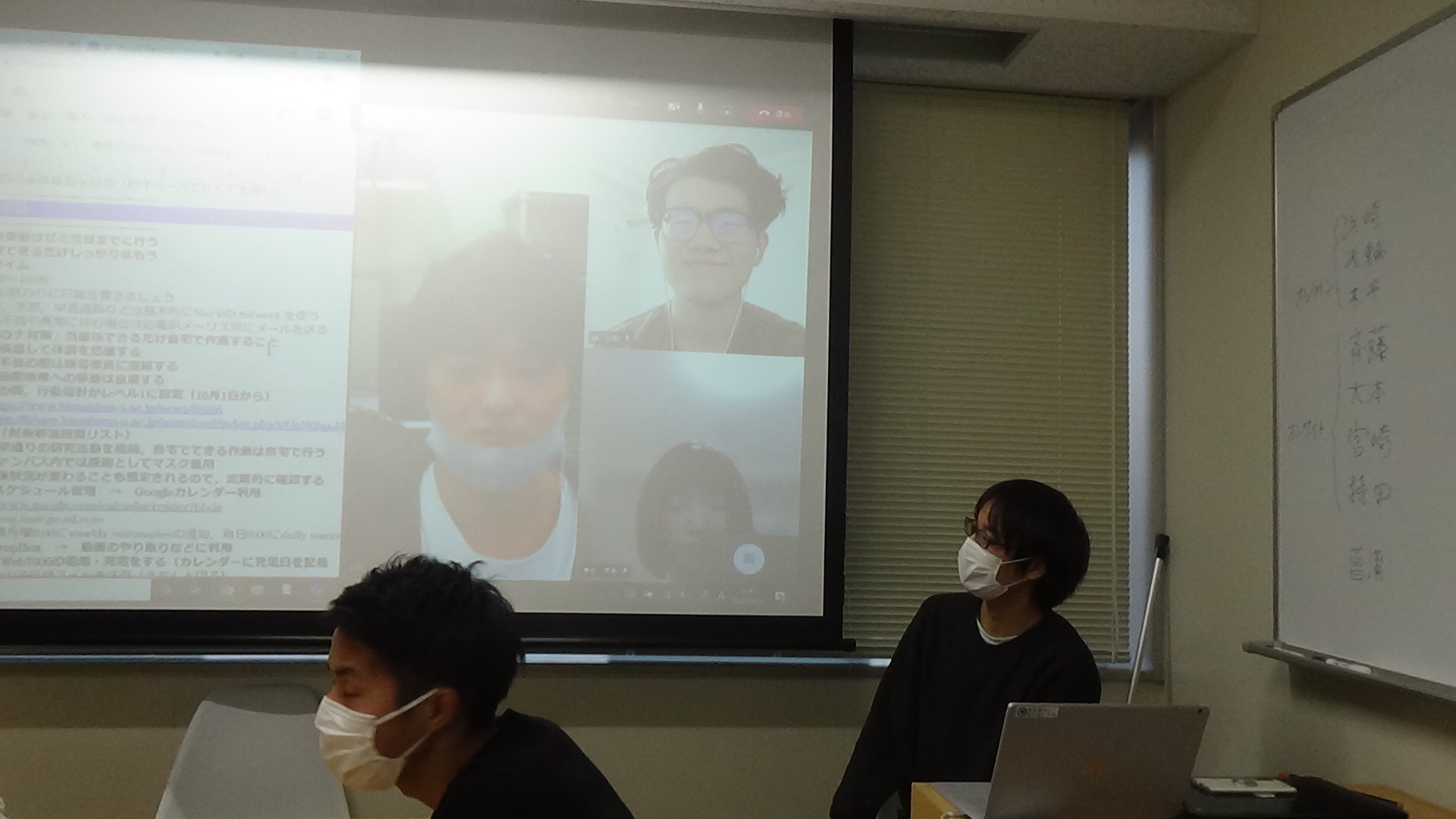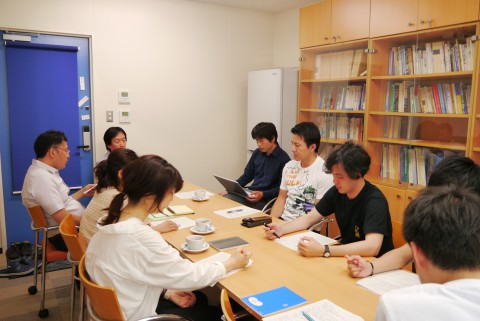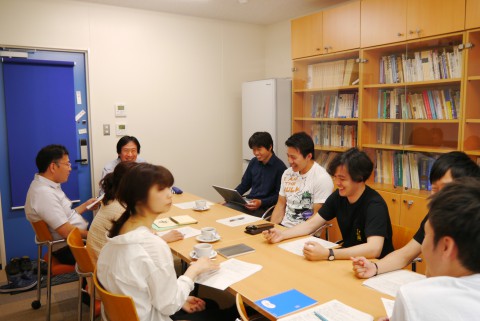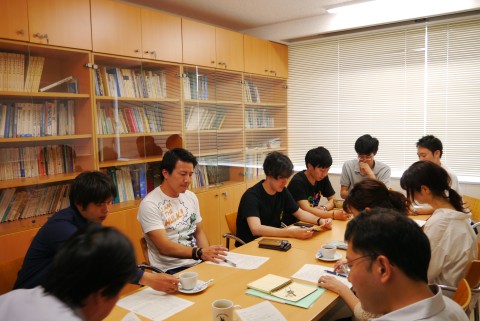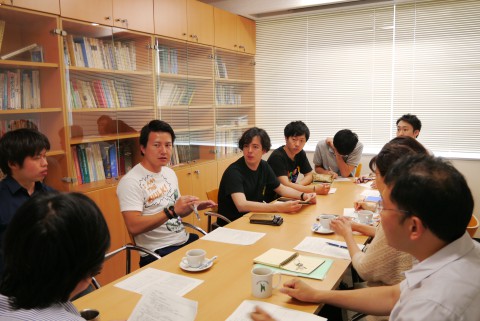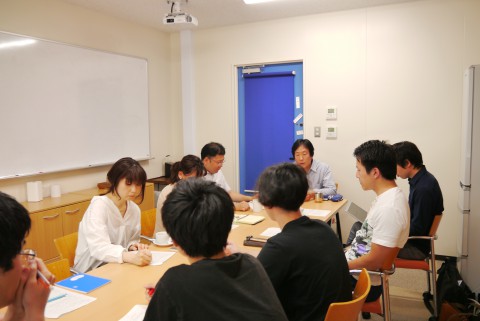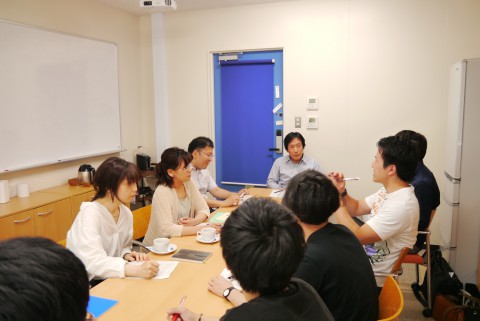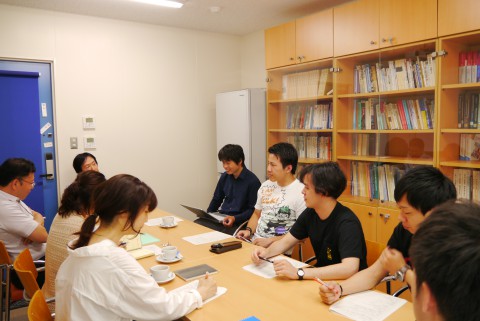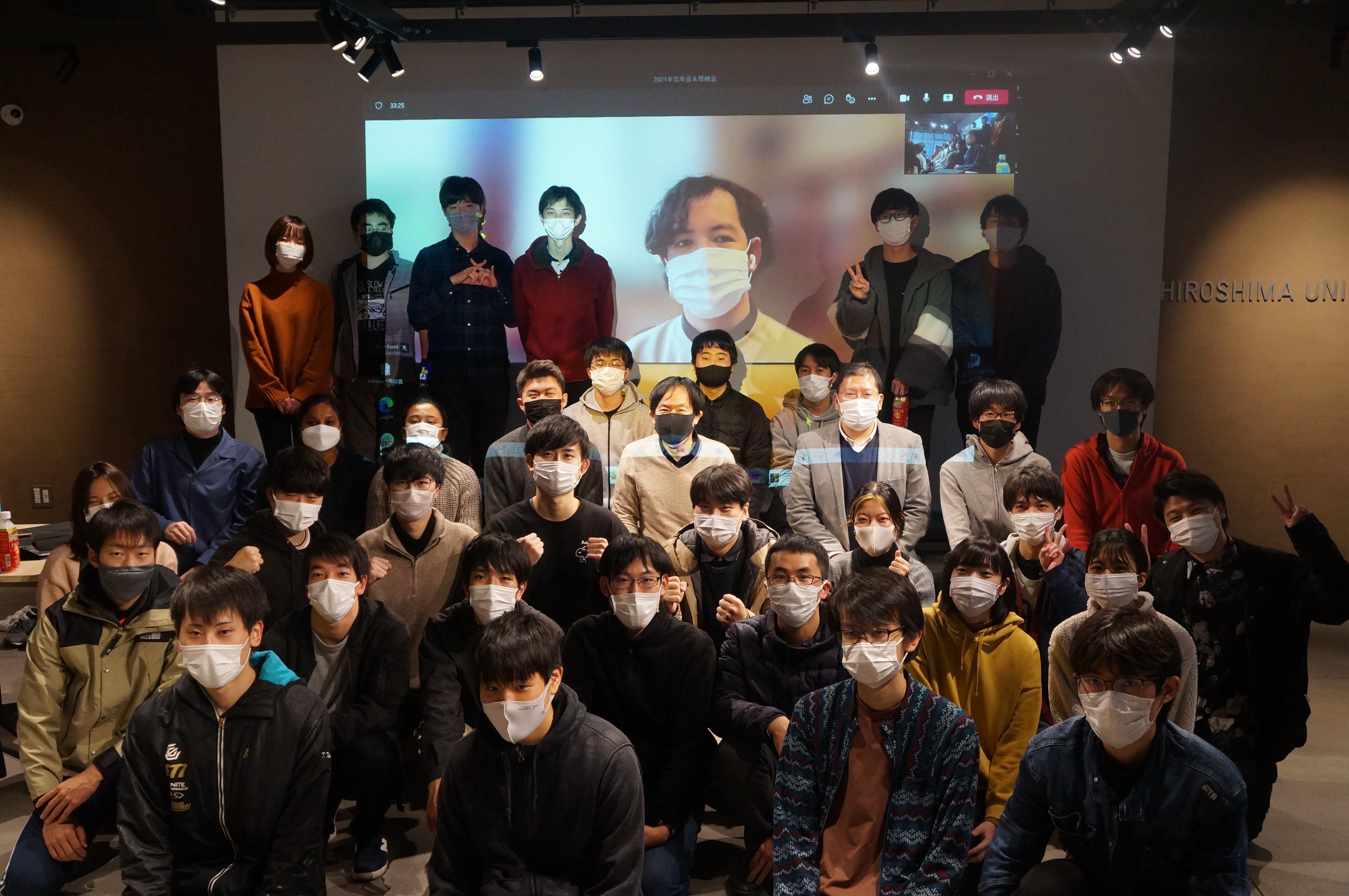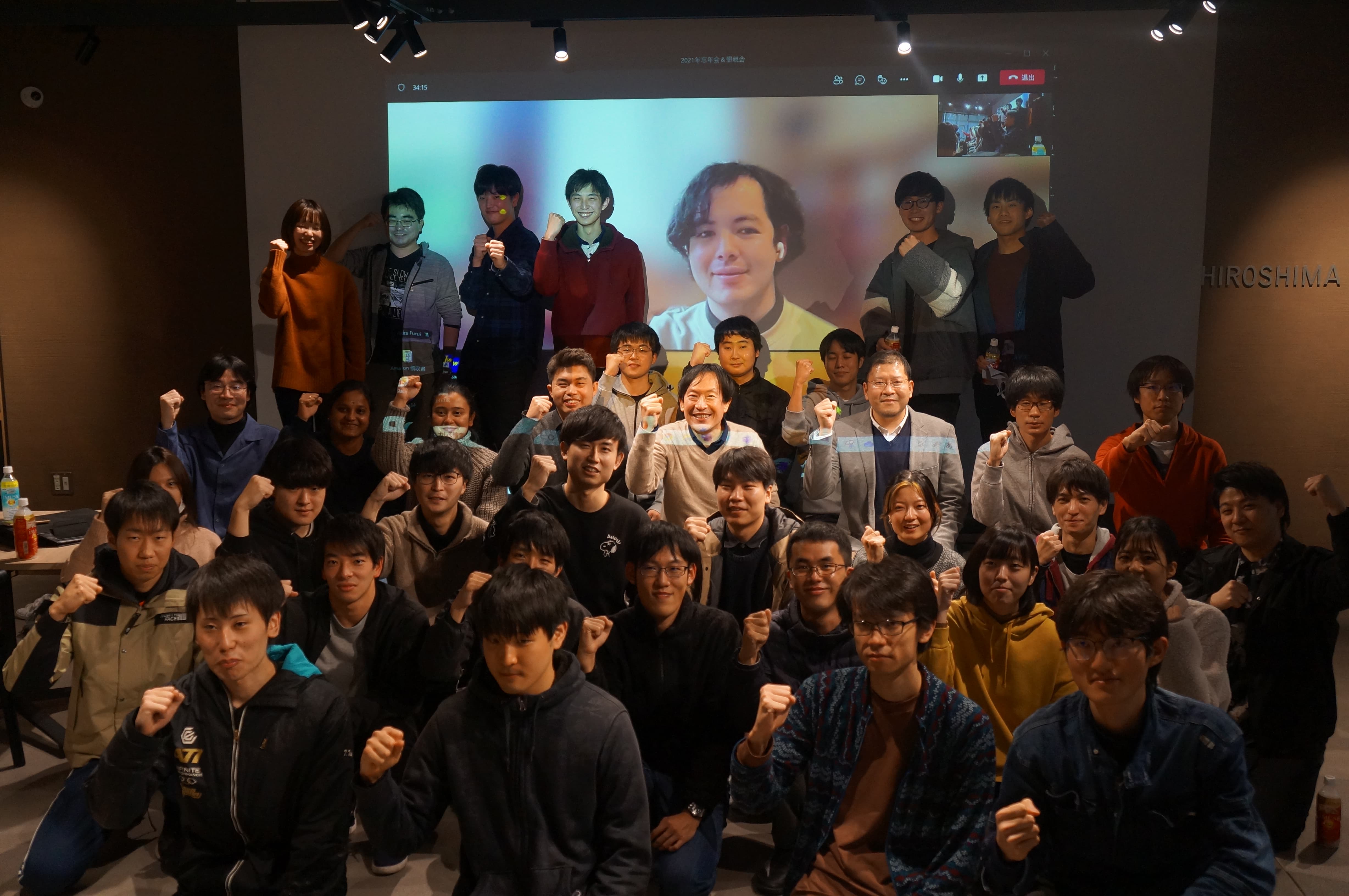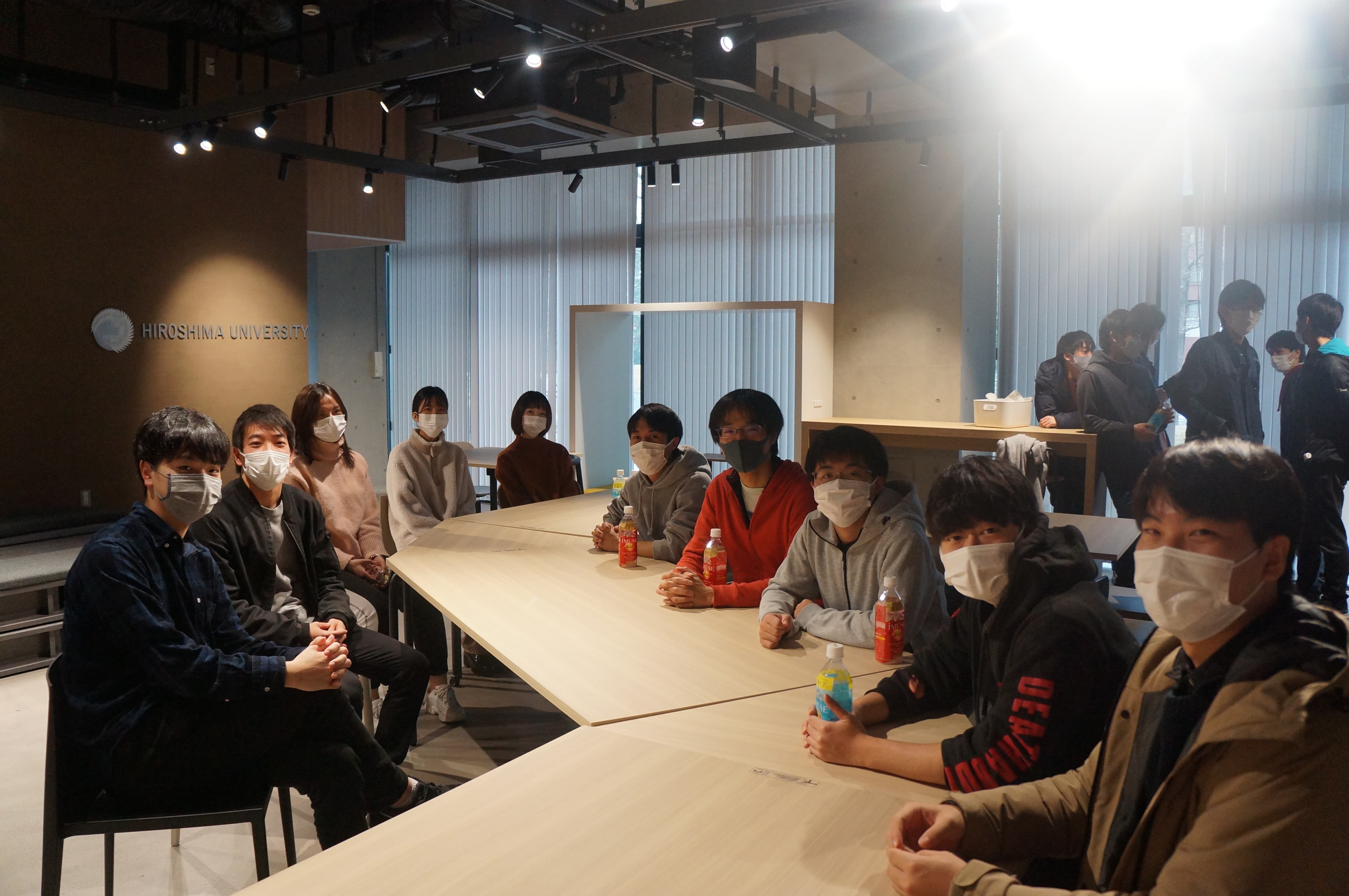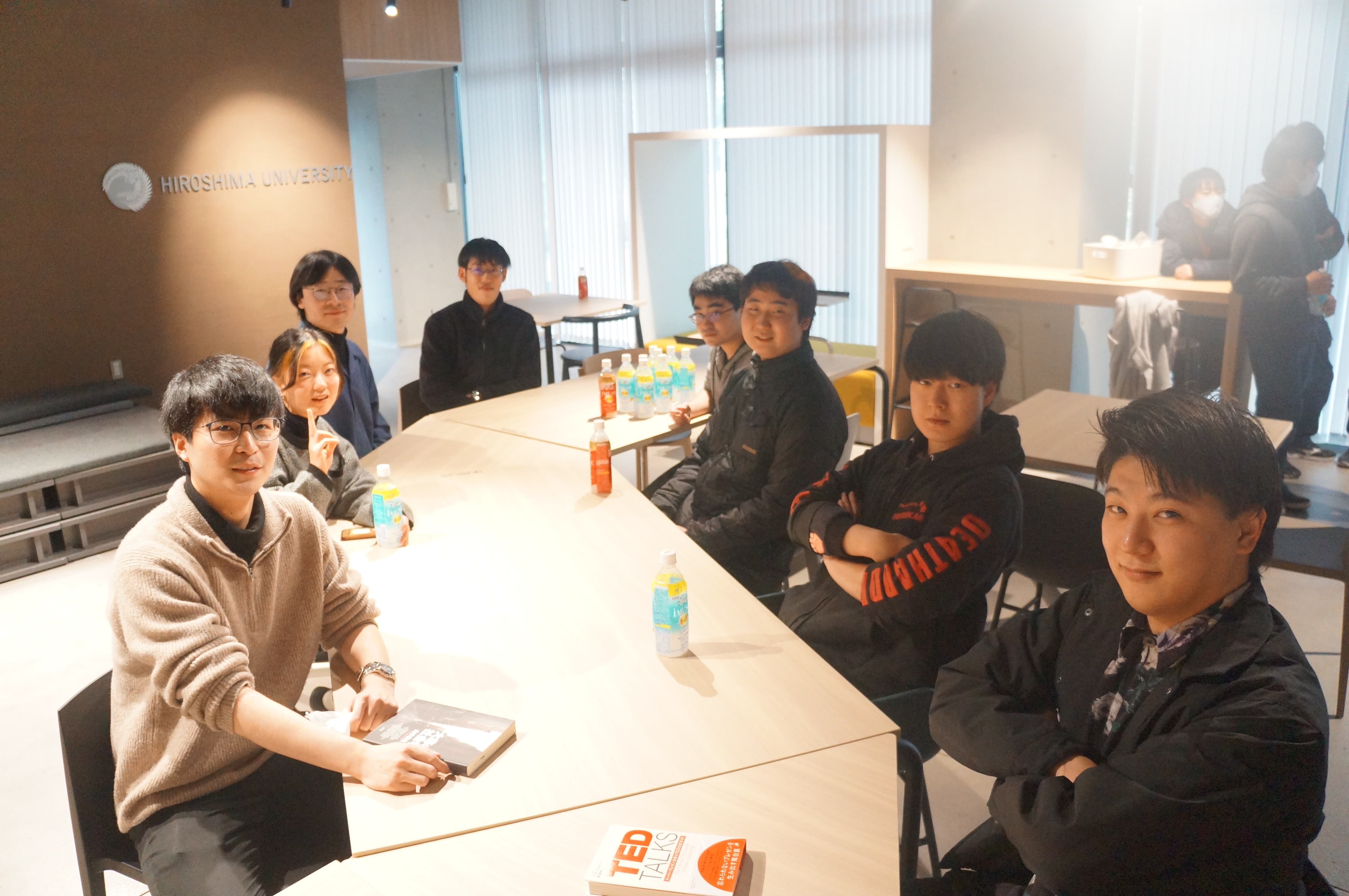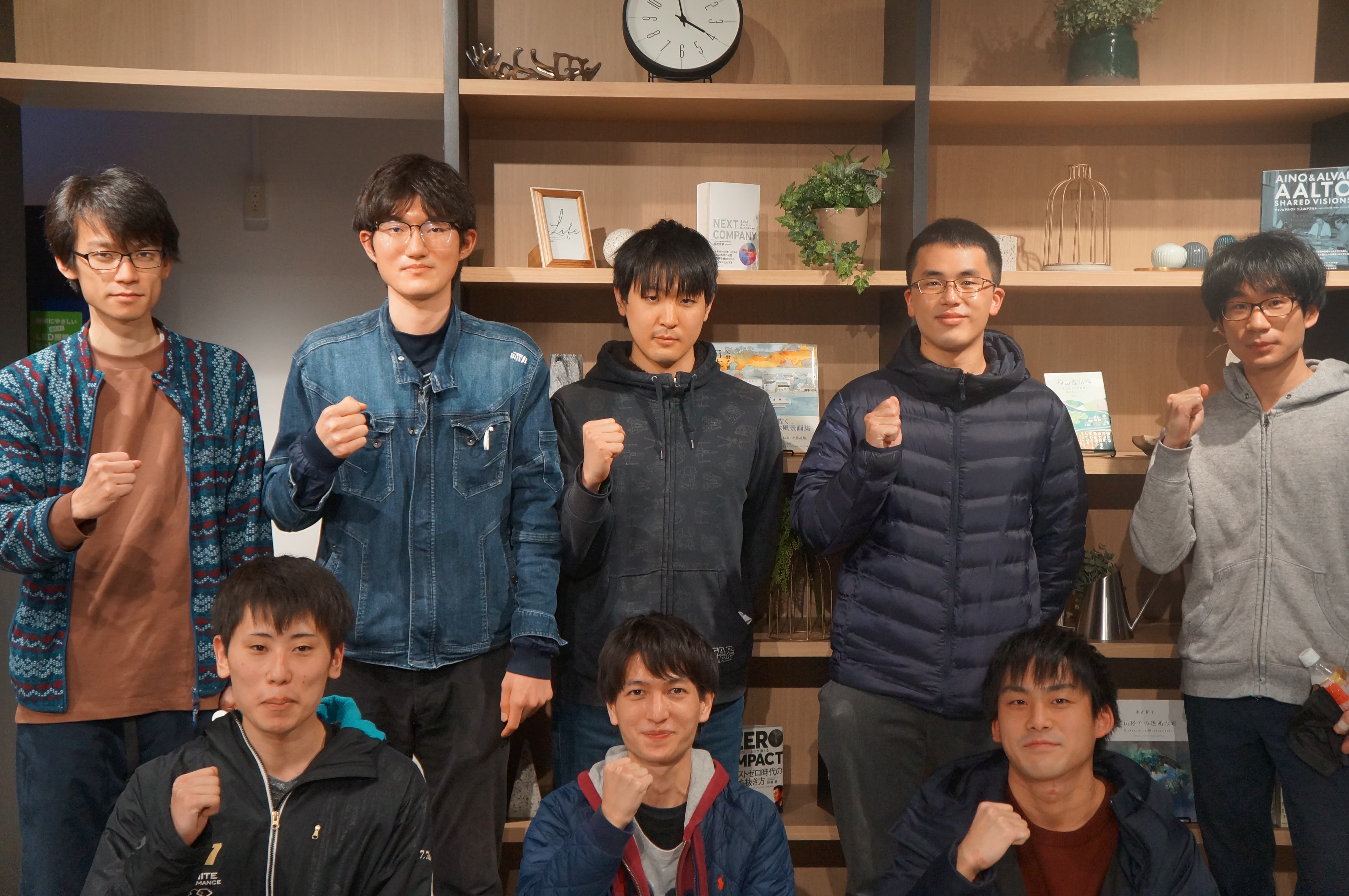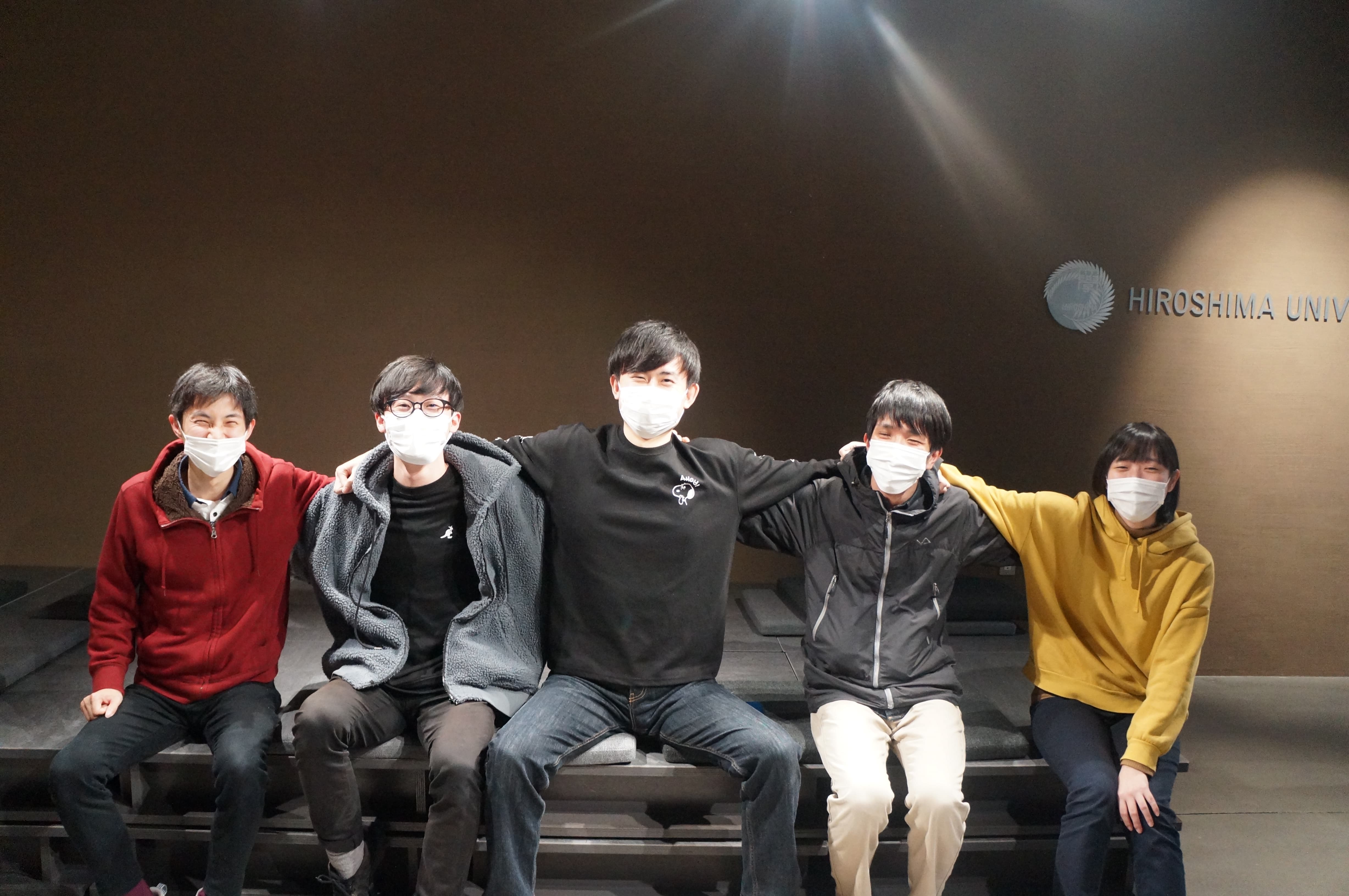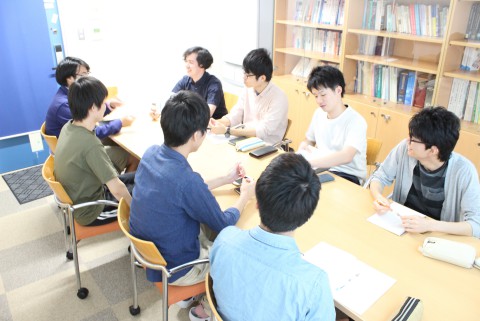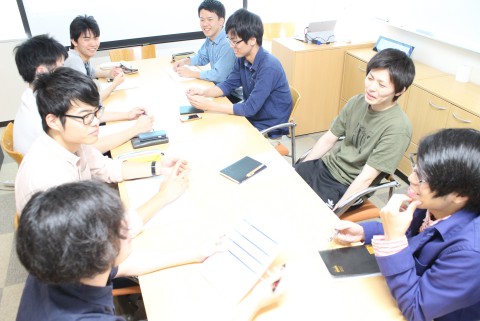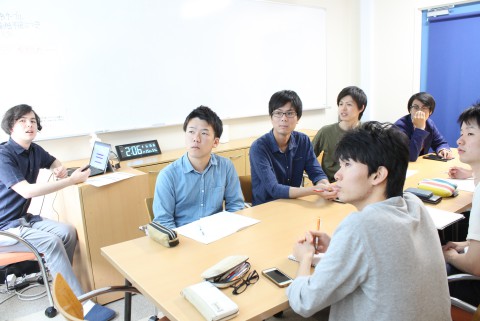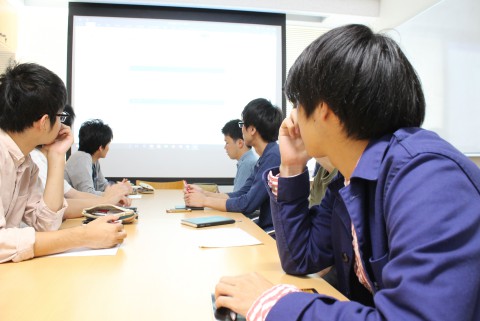About
Biological Systems Engineering Lab
Living organisms developed in nature through the evolution process are equipped with supremely skilled and sophisticated biological functions that cannot be realized with current engineering techniques. Analysis of these mechanisms may lead to not only elucidation of biological functions but also development of a wide variety of novel engineering systems.
From the viewpoint of a scientist approaching the secrets of living organisms and from that of an engineer developing machinery useful for human kind, the members of Biological Systems Engineering laboratory work on a wide variety of projects to analyze the characteristics of biological functions from theoretical and experimental approaches employing engineering techniques aiming to find new principles peculiar to biological systems, and develop novel medical/welfare apparatuses and industrial devices by applying the elucidated principles.
Through such research activities, the students can learn in-depth knowledge about biological systems based on electricity, electronics, systems and information engineering foundation allowing themselves to become creative engineers capable of seeking a new principle and expanding it into new fields.
Features
Biweekly lab seminar
As of 2017, total of 42 senior undergraduate students, graduate students and doctoral students are working in the lab. The students are involved in either of the four research groups according to their research projects, which are ME group (Medical engineering group), Kansei brain group (Former A-life Group), EMG Group (Biological signal analysis group), and Human modeling group (Former Biological Motion Analysis Group). Since the group each consists of students from all grades, the student can acquire the necessary knowledge and skills required fora researcher and a member of societyas well throughthe lab. activities that the senior teaches the junior and the juniors help the seniors. Since the number of students is quite large compared to the usual laboratory, the lab. is managed as the followings.
Group seminars
Regarding education, we divide the students into four research groups corresponding to each research project, andconduct education and research activities on a group-by-group basis. We promote collaboration between graduate students and undergraduate students by organize each research group with students from all grades as much as possible. We alsoencourage the students to manage the group and teach each other by their own by assigning group leaders and sub leaders.In this way, we intend not only to increase autonomy of research activities but also to cultivate leadership mindset and skills enablingsupervision of their future community.
Specific education and research guidance is conducted throughout the all-member seminar (held once a week) participated by all members including facilities and students, the group seminars (held once a week) in each group, graduation theses and master thesis presentations (held twice a year),and the workshops for respective research projects. Especially, the workshops held on a regular basis, whichis a meeting that invites the collaborators from various department, universities, public research institutions and companies, can provide valuable chances for the students tocommunicate with researchers outside the laboratory.
Biweekly lab meeting
Students' rotating representatives participate to the staff meeting biweekly held for entire laboratory management so that they can have opportunities to acquire knowledge and experience about organization management.In addition, we always try to revitalize our laboratorythrough conducting research evaluation questionnaire between students, issue of e-mail magazine (once a week), management of lab. homepage, encouragement of presentation at academic conferences both in Japan and abroad, active participation in various exhibitions, and holding laboratory tours for visitors.


